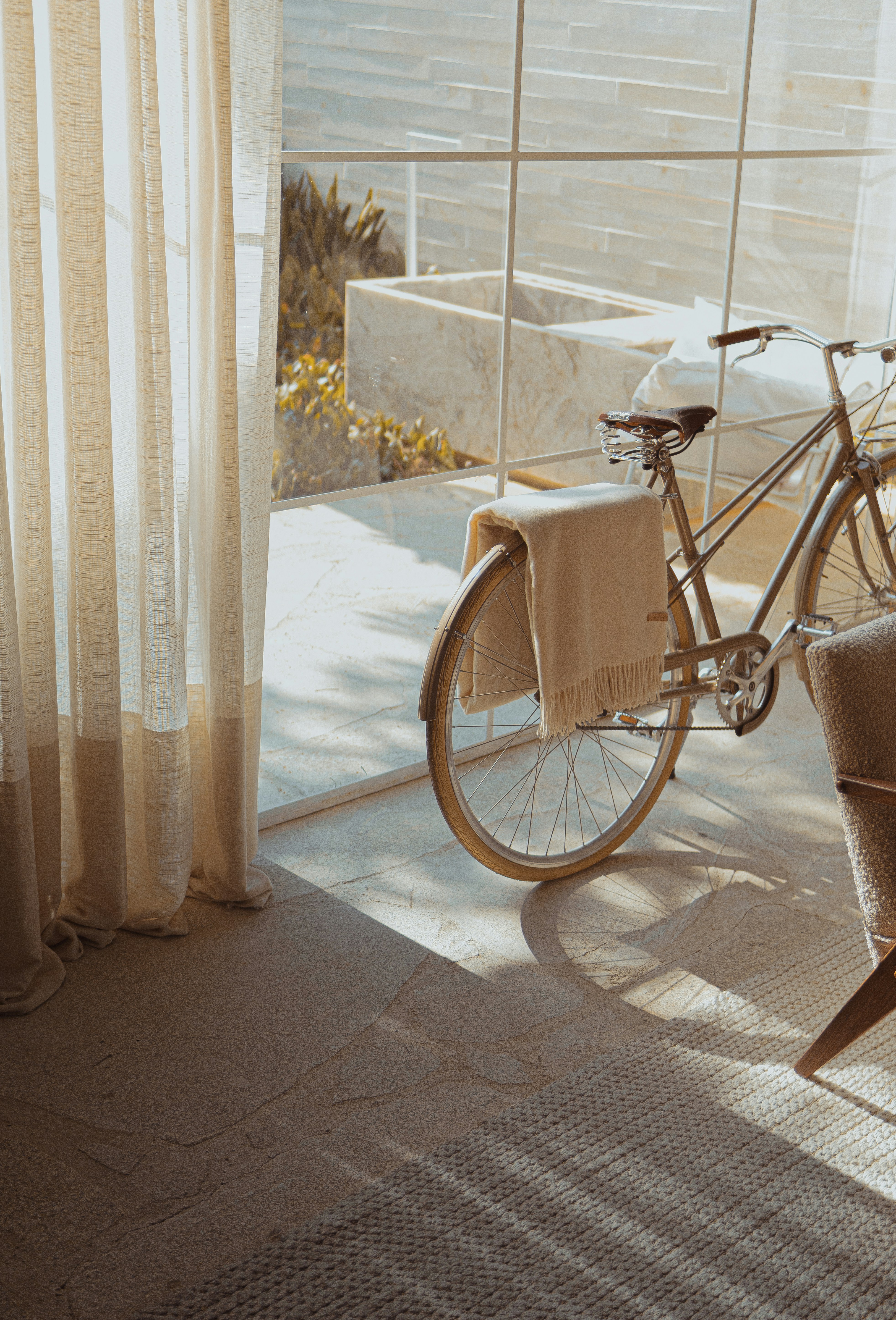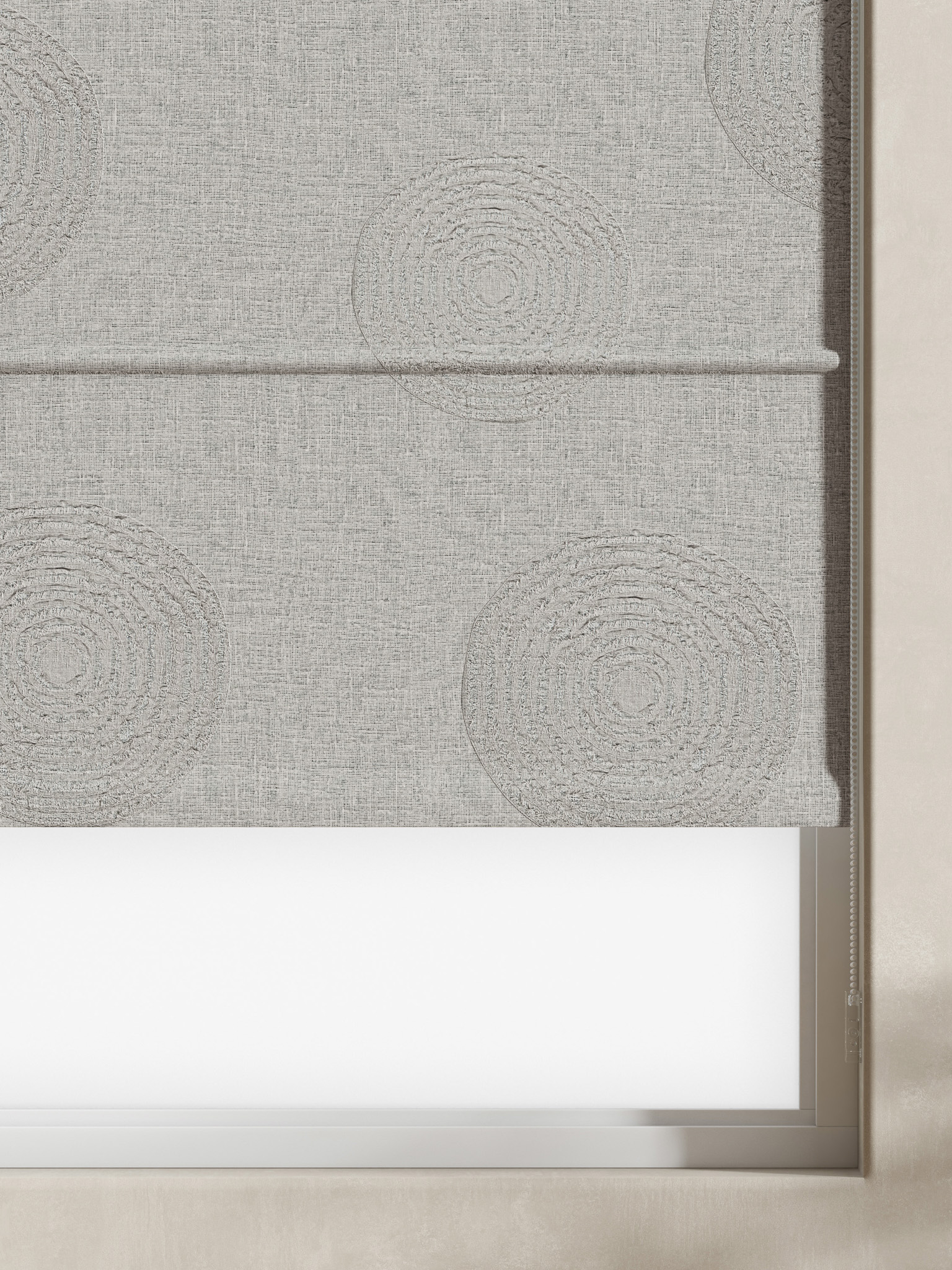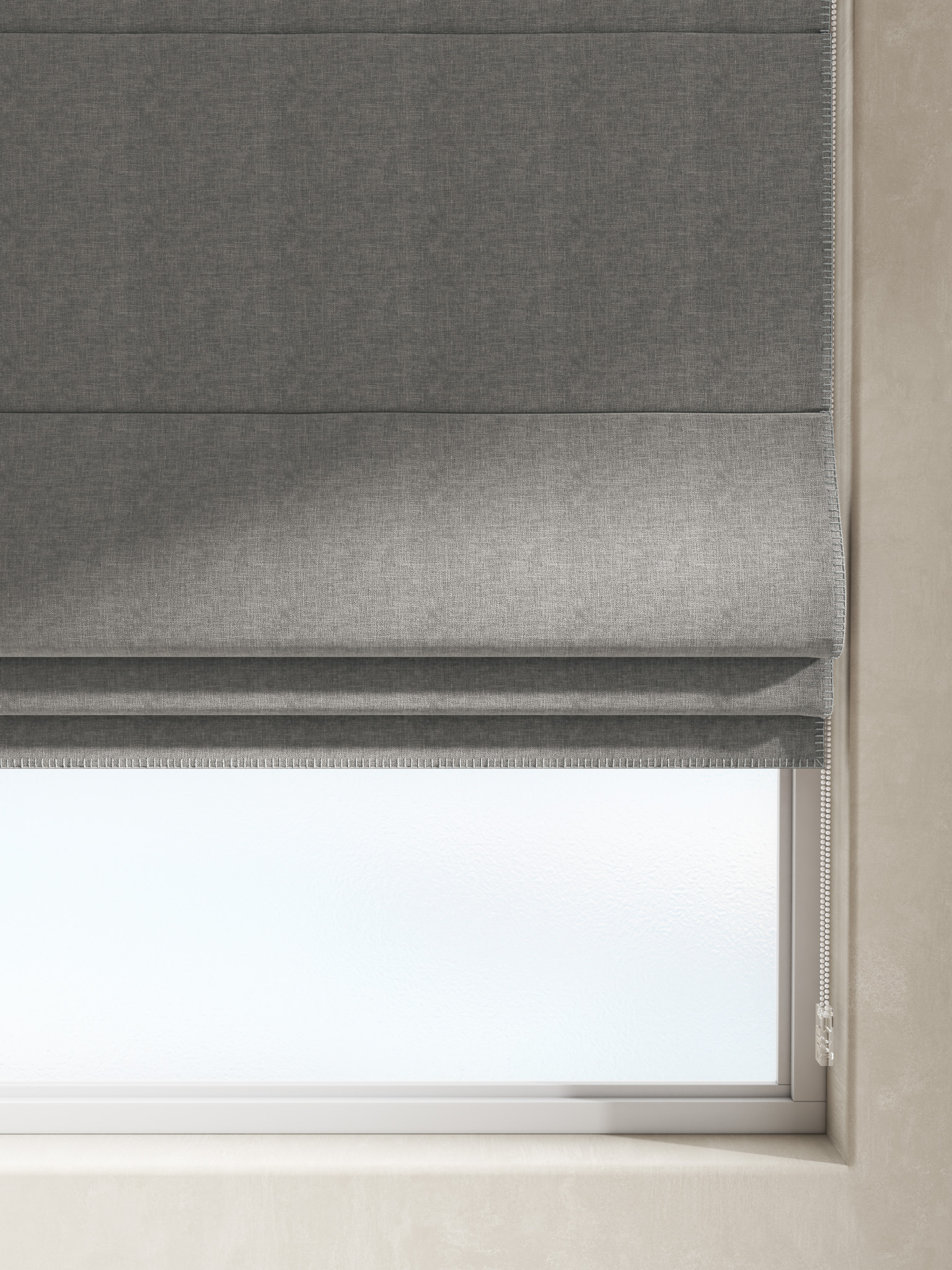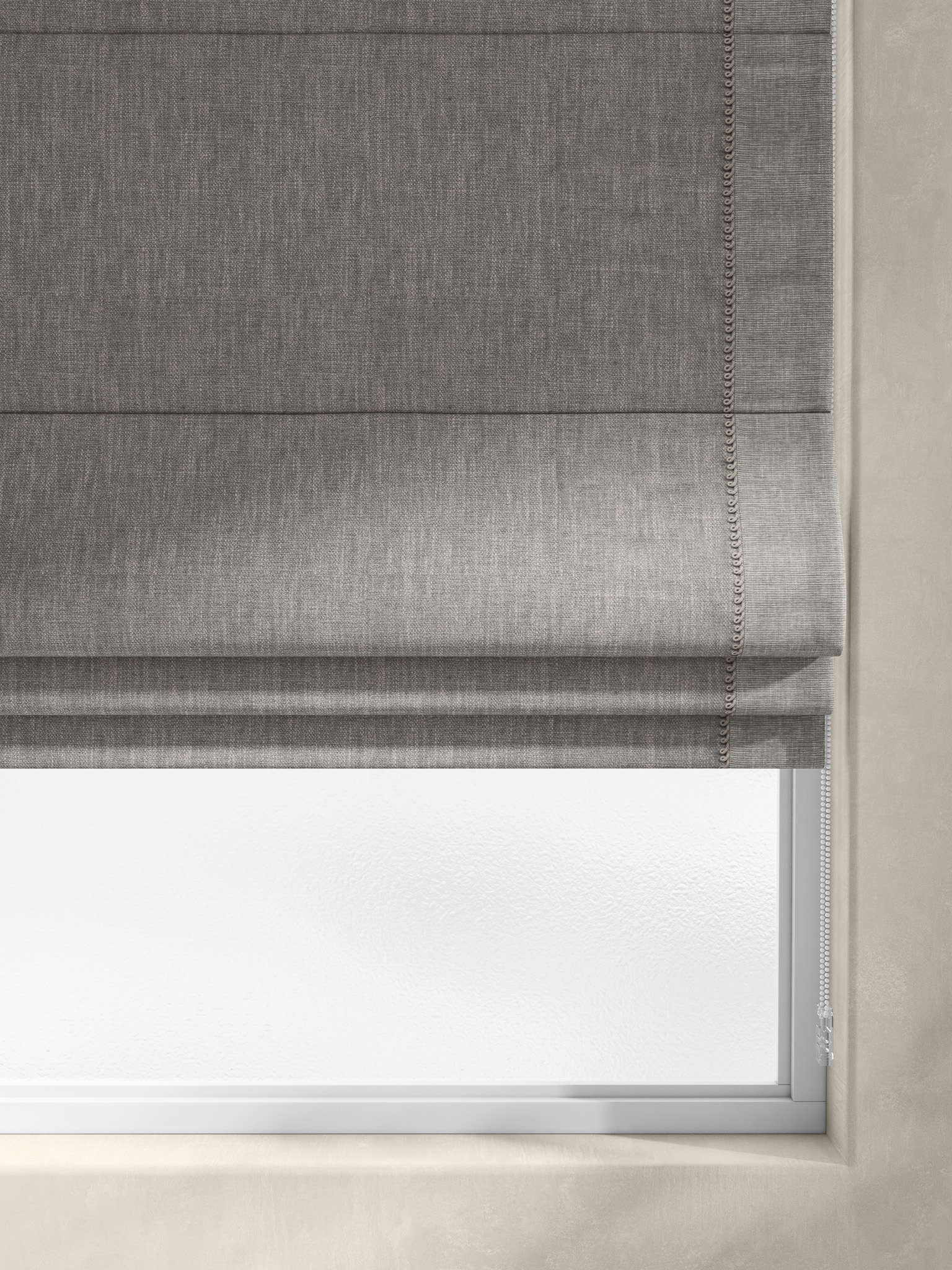SAVE YOUR CART
We noticed you have not Logged In or Signed Up. Leaving tulio.design will result in your history and cart getting lost.


Choose the language you’d like to browse the site in
Choose a country or region. This affects the currency you’re billed in, availability of items, price and delivery options.
 Afghanistan
Afghanistan
USD $
 Albania
Albania
USD $
 Algeria
Algeria
USD $
 Andorra
Andorra
EUR €
 Angola
Angola
USD $
 Argentina
Argentina
USD $
 Armenia
Armenia
USD $
 Australia
Australia
USD $
 Austria
Austria
EUR €
 Azerbaijan
Azerbaijan
USD $
 Bahamas
Bahamas
USD $
 Bahrain
Bahrain
USD $
 Bangladesh
Bangladesh
USD $
 Barbados
Barbados
USD $
 Belarus
Belarus
USD $
 Belgium
Belgium
EUR €
 Belize
Belize
USD $
 Benin
Benin
USD $
 Bhutan
Bhutan
USD $
 Bolivia
Bolivia
USD $
 Bosnia and Herzegovina
Bosnia and Herzegovina
USD $
 Botswana
Botswana
USD $
 Brazil
Brazil
USD $
 Brunei
Brunei
USD $
 Bulgaria
Bulgaria
USD $
 Burkina Faso
Burkina Faso
USD $
 Burundi
Burundi
USD $
 Cabo Verde
Cabo Verde
USD $
 Cambodia
Cambodia
USD $
 Cameroon
Cameroon
USD $
 Canada
Canada
USD $
 Central African Republic
Central African Republic
USD $
 Chad
Chad
USD $
 Chile
Chile
USD $
 China
China
USD $
 Colombia
Colombia
USD $
 Comoros
Comoros
USD $
 Congo (Congo-Brazzaville)
Congo (Congo-Brazzaville)
USD $
 Costa Rica
Costa Rica
USD $
 Croatia
Croatia
USD $
 Cuba
Cuba
USD $
 Cyprus
Cyprus
EUR €
 Czechia (Czech Republic)
Czechia (Czech Republic)
USD $
 Democratic Republic of the Congo
Democratic Republic of the Congo
USD $
 Denmark
Denmark
USD $
 Djibouti
Djibouti
USD $
 Dominica
Dominica
USD $
 Dominican Republic
Dominican Republic
USD $
 Ecuador
Ecuador
USD $
 Egypt
Egypt
USD $
 El Salvador
El Salvador
USD $
 Equatorial Guinea
Equatorial Guinea
USD $
 Eritrea
Eritrea
USD $
 Estonia
Estonia
EUR €
 Eswatini
Eswatini
USD $
 Ethiopia
Ethiopia
USD $
 Fiji
Fiji
USD $
 Finland
Finland
EUR €
 France
France
EUR €
 Gabon
Gabon
USD $
 Gambia
Gambia
USD $
 Georgia
Georgia
USD $
 Germany
Germany
EUR €
 Ghana
Ghana
USD $
 Greece
Greece
EUR €
 Grenada
Grenada
USD $
 Guatemala
Guatemala
USD $
 Guinea
Guinea
USD $
 Guinea-Bissau
Guinea-Bissau
USD $
 Guyana
Guyana
USD $
 Haiti
Haiti
USD $
 Honduras
Honduras
USD $
 Hungary
Hungary
USD $
 Iceland
Iceland
USD $
 India
India
INR ₹
 Indonesia
Indonesia
USD $
 Iran
Iran
USD $
 Iraq
Iraq
USD $
 Ireland
Ireland
EUR €
 Israel
Israel
USD $
 Italy
Italy
EUR €
 Jamaica
Jamaica
USD $
 Japan
Japan
JPY ¥
 Jordan
Jordan
USD $
 Kazakhstan
Kazakhstan
USD $
 Kenya
Kenya
USD $
 Kiribati
Kiribati
USD $
 Kuwait
Kuwait
USD $
 Kyrgyzstan
Kyrgyzstan
USD $
 Laos
Laos
USD $
 Latvia
Latvia
EUR €
 Lebanon
Lebanon
USD $
 Lesotho
Lesotho
USD $
 Liberia
Liberia
USD $
 Libya
Libya
USD $
 Liechtenstein
Liechtenstein
USD $
 Lithuania
Lithuania
EUR €
 Luxembourg
Luxembourg
EUR €
 Madagascar
Madagascar
USD $
 Malawi
Malawi
USD $
 Malaysia
Malaysia
USD $
 Maldives
Maldives
USD $
 Mali
Mali
USD $
 Malta
Malta
EUR €
 Marshall Islands
Marshall Islands
USD $
 Mauritania
Mauritania
USD $
 Mauritius
Mauritius
USD $
 Mexico
Mexico
USD $
 Micronesia
Micronesia
USD $
 Moldova
Moldova
USD $
 Monaco
Monaco
EUR €
 Mongolia
Mongolia
USD $
 Montenegro
Montenegro
EUR €
 Morocco
Morocco
USD $
 Mozambique
Mozambique
USD $
 Myanmar (Burma)
Myanmar (Burma)
USD $
 Namibia
Namibia
USD $
 Nauru
Nauru
USD $
 Nepal
Nepal
USD $
 Netherlands
Netherlands
EUR €
 New Zealand
New Zealand
USD $
 Nicaragua
Nicaragua
USD $
 Niger
Niger
USD $
 Nigeria
Nigeria
USD $
 North Korea
North Korea
USD $
 North Macedonia
North Macedonia
USD $
 Norway
Norway
USD $
 Oman
Oman
USD $
 Pakistan
Pakistan
USD $
 Palau
Palau
USD $
 Palestine
Palestine
USD $
 Panama
Panama
USD $
 Papua New Guinea
Papua New Guinea
USD $
 Paraguay
Paraguay
USD $
 Peru
Peru
USD $
 Philippines
Philippines
USD $
 Poland
Poland
USD $
 Portugal
Portugal
EUR €
 Qatar
Qatar
USD $
 Romania
Romania
USD $
 Russia
Russia
USD $
 Rwanda
Rwanda
USD $
 Saint Kitts and Nevis
Saint Kitts and Nevis
USD $
 Saint Lucia
Saint Lucia
USD $
 Saint Vincent and the Grenadines
Saint Vincent and the Grenadines
USD $
 Samoa
Samoa
USD $
 San Marino
San Marino
EUR €
 Sao Tome and Principe
Sao Tome and Principe
USD $
 Saudi Arabia
Saudi Arabia
SAR ر.س
 Senegal
Senegal
USD $
 Serbia
Serbia
USD $
 Seychelles
Seychelles
USD $
 Sierra Leone
Sierra Leone
USD $
 Singapore
Singapore
USD $
 Slovakia
Slovakia
EUR €
 Slovenia
Slovenia
EUR €
 Solomon Islands
Solomon Islands
USD $
 Somalia
Somalia
USD $
 South Africa
South Africa
USD $
 South Korea
South Korea
USD $
 South Sudan
South Sudan
USD $
 Spain
Spain
EUR €
 Sri Lanka
Sri Lanka
USD $
 Sudan
Sudan
USD $
 Suriname
Suriname
USD $
 Sweden
Sweden
USD $
 Switzerland
Switzerland
USD $
 Syria
Syria
USD $
 Taiwan
Taiwan
USD $
 Tajikistan
Tajikistan
USD $
 Tanzania
Tanzania
USD $
 Thailand
Thailand
USD $
 Timor-Leste
Timor-Leste
USD $
 Togo
Togo
USD $
 Tonga
Tonga
USD $
 Trinidad and Tobago
Trinidad and Tobago
USD $
 Tunisia
Tunisia
USD $
 Turkey
Turkey
USD $
 Turkmenistan
Turkmenistan
USD $
 Tuvalu
Tuvalu
USD $
 Uganda
Uganda
USD $
 Ukraine
Ukraine
USD $
 United Arab Emirates
United Arab Emirates
AED د.إ
 United Kingdom
United Kingdom
GBP £
 United States
United States
USD $
 Uruguay
Uruguay
USD $
 Uzbekistan
Uzbekistan
USD $
 Vanuatu
Vanuatu
USD $
 Vatican City
Vatican City
EUR €
 Venezuela
Venezuela
USD $
 Vietnam
Vietnam
USD $
 Yemen
Yemen
USD $
 Zambia
Zambia
USD $
 Zimbabwe
Zimbabwe
USD $
Please Login First
COOKIES & PRIVACY
This website uses cookies to ensure you get the best experience on our website. Please read our Cookie Policy and Privacy Policy.
Tulio uses cookies, including third-party cookies, for functional reasons, for statistical analysis, to personalise your experience, offer you content that targets your particular interests and analyse the performance of our advertising campaigns.
These cookies are necessary for the web boutique to function and cannot be turned off. They are set to help improve your experience and offer you key functions on the website. These cookies do not store any personally identifiable information or track your browsing habits.
These cookies are used to enhance the functionality and personalisation of the web boutique as they collect information on your interests as your browse the website. They help us assist you as best possible and to recommend the products that best meet your expectations and preferences.
We noticed you have not Logged In or Signed Up. Leaving tulio.design will result in your history and cart getting lost.

Window treatments, such as roman shades and curtains, folding blinds, and beaded curtains, are among the most overlooked elements of interior design, yet they play a critical role in determining the overall ambiance, aesthetic, and functionality of any space. When chosen and used correctly, window coverings elevate the beauty of your interiors, enhance natural light and sound control, ensure privacy, and even improve energy efficiency. However, there are common curtain and blind mistakes that homeowners often make, resulting in poorly fitting, outdated, or unappealing window treatments that detract from the overall look and feel of their homes.
One of the biggest and most common mistakes when it comes to curtains and blinds is incorrect measuring and sizing. Ill-fitting window treatments create a sloppy, unfinished look that can be both unattractive and impractical. For example, if your curtains are too short, they can make your ceiling look lower, while curtains that are too long can create a cluttered and busy appearance.
To avoid such mistakes, take care to measure your windows accurately, taking into account the height, width, and depth of the window frame, as well as any adjacent walls or furniture. Be sure to follow the manufacturer's instructions carefully and allow for overlapping of curtain fabric or folding blinds. It's also essential to determine how high to mount your curtain rod or track to ensure that you have an adequate amount of space for the curtain pelmet. By investing time and effort into measuring and sizing your window treatments correctly, you'll achieve a beautiful and polished look that makes your home feel more spacious and inviting.
Lighting is an integral part of interior design, and the role it plays in window treatment selection should never be overlooked. Proper management of natural light can make a home feel brighter, airy, and welcoming, while smart control of lighting levels can create a comfortable and inviting ambiance. Additionally, you need to ensure that your window coverings can adequately block out unwanted light when needed, especially in areas such as bedrooms, movie rooms, or home offices.
When choosing your window curtains or blinds, consider the amount of natural light in the room. For spaces that receive large amounts of direct sunlight, consider Roman shades and curtains with full or partial block-out capabilities. Folding blinds and beaded curtains are also a great choice, as they filter natural light to a comfortable level while maintaining privacy. On the other hand, for areas with minimal sunlight, opt for sheer or lighter curtains to maximize the amount of natural light that enters the room.
Curtains and blinds are also prone to getting dirty and dusty over time, especially in frequently used areas or homes with active pets and children. Neglecting window treatment maintenance can lead to not only an unappealing and uninviting look, but it can also pose health hazards to you and your family. The accumulation of dirt, dust, and mold can cause allergies and breathing problems.
To maintain your window treatments, it's necessary to follow the manufacturer's cleaning instructions. For example, some curtain fabric and curtain cloth materials may require hand washing or dry cleaning, whereas others may be machine washable. Regularly vacuum the curtains and blinds to remove any accumulated dust and pet hair. Additionally, ensure that your window treatments are adequately aerated to reduce the risk of mold formation. With proper maintenance, you can prolong the lifespan of your curtains and blinds, keep them looking beautiful, and improve the indoor air quality of your home.
One of the most crucial roles of window treatments is to provide privacy in your home. However, some homeowners often overlook this aspect when selecting their window coverings, resulting in a lack of privacy that can be uncomfortable or unsafe. It's also essential to achieve the right balance between privacy and natural light. By finding the right balance, you can achieve a welcoming atmosphere while still enjoying the benefits of natural light.
Consider using window treatments that provide enough privacy while retaining the right level of natural light and airflow. Folding blinds, beaded curtains, and Roman shades, for instance, come in different opacities, making it possible to choose the ideal level of privacy and natural lighting. It's also worth considering different curtains and window curtain designs that allow light to filter through while still maintaining privacy, such as sheer materials or curtains that have light filtering or full block-out liners.
Paying attention to your window architecture is critical when selecting your curtains or blinds. Depending on the style and age of your home, your window frames may have unique proportions or designs that need to be emphasized or corrected. Disregarding this could result in making your home look disproportioned or unfinished.
When choosing your curtains or blinds, take into account the proportions of your windows. If you have large, symmetrical windows, opt for curtains and blinds that enhance their beauty, such as bold patterns or luxurious fabrics. On the other hand, if your windows have irregular proportions or placement, consider using curtains or blinds that draw attention away from this asymmetry. Choosing the right curtains fabric can also help you achieve the desired look, with heavier fabrics providing a more substantial and homely feel, while lighter fabrics offer a more relaxed and breezy ambiance.
Finally, another mistake to avoid when selecting your curtains and blinds is choosing style over functionality. Many homeowners focus more on aesthetic appeal than the practical use of their window treatments, leading to window coverings that do not serve their intended purpose.
When choosing window treatments, balance both style and functionality. For example, folding blinds and Roman shades are both stylish and functional, providing light filtering and privacy control. Consider the purpose of each room when selecting the curtains or blinds. Is the space intended for relaxation, productivity, or entertaining? Opting for different curtains or blinds for different rooms based on their intended function will help you strike the perfect balance between style and functionality.
While it's essential to select window coverings that reflect your personal style and preferences, it's also necessary to consider long-term trends. What may be trendy or fashionable today may quickly become outdated and unsightly within a few years. Additionally, curtains and blinds are a long-term investment, and making choices based solely on current trends may result in expensive and unnecessary replacements.
When selecting your curtains or blinds, consider timeless, classic styles that will stand the test of time. These choices can be updated with small accessories such as throw pillows, patterned rugs, or artwork. Alternatively, incorporate trendier window coverings in small doses, such as accent curtains or window treatments with bold prints.
In conclusion, avoiding these seven common curtain and blind mistakes will ensure that you achieve a beautiful and functional home. Remember to measure and size your window treatments correctly, manage natural light properly, maintain your curtains or blinds regularly, prioritize privacy needs, take your window architecture into account, strike a balance between style and functionality, and consider long-term trends. By following these tips, you'll achieve a beautiful, comfortable, and inviting home that makes a lasting impression.



